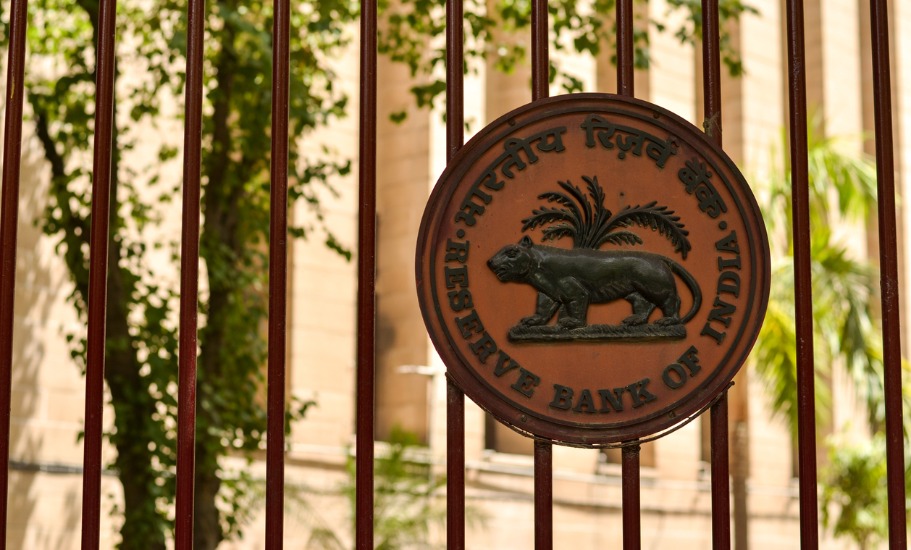
Banks can't rely on RBI funds, said Governor Das; what was the rationale?
As the banking world is well aware, the RBI is the ‘lender of last resort’; banks go to it for short-term funds only during emergencies, not on an ongoing basis

The Reserve Bank of India (RBI) has been springing surprise after surprise with repo rate increases over the past few months, the latest being last week. Shaktikanta Das, RBI Governor, then surprised bankers with a statement. “Banks cannot always rely on the central bank’s money and they must mobilise deposits to fund credit off-take in the economy,” he said.
This is surprising as bankers know well they cannot carry out lending operations out of RBI borrowings – they can do it only out of deposits mobilised by them from the public and borrowings from the general financial system.
According to RBI data, credit growth in the system was 14 per cent in the fortnight ended July 15. Deposit growth was just 8.4 per cent in the same period, resulting in the widening of the credit-deposit growth gap to 560 basis points (bps). When banks are not able to match their credit offtake with the required deposit growth, they may resort to borrowing from the financial system.
Also read: Unacceptably high inflation behind 50 bps rate hike: RBI Governor Das
Banks have to maintain 4.5 per cent of the deposits under the cash reserve requirement (CRR) and 18 per cent under the statutory liquidity ratio (SLR); they can only lend the balance. If banks lend more than this, it is out of their borrowings from the financial system.
Let us look at the fund status of all scheduled banks as on July 15, 2022.
| Status of scheduled banks | Amount (₹ crore) |
| Loans and advances | 1,26,47,261.76 |
| Deposits from public | 1,72,35,708.35 |
| Borrowings from RBI | 95,337.00 |
| Borrowings from banks | 61,446.59 |
| Borrowings from other sources | 2,97,079.18 |
Clearly, the borrowing from the RBI was just 0.75 per cent of the loans and advances on that date. Discounting CRR and SLR, the lendable funds were ₹1,33,57,673 crore whereas the loans and advances were only ₹1,26,47,261 crore. In view of this, one fails to understand the rationale behind the RBI Governor’s advice to the banks.
Lender of last resort
The RBI is called the ‘lender of last resort’. Central banks all over the world have traditionally held this role because they are primarily responsible for ensuring that financial markets function smoothly and the financial system is stable.
The lender of last resort is the one you turn to when you urgently need funds and you’ve exhausted all your other options. Banks typically turn to their lender of last resort when they cannot get the funding they need for their daily business. This cannot be for onward lending operations. This can happen in periods of financial turmoil, when banks may have doubts about lending to each other and a lot of people may suddenly want to withdraw their money from their bank accounts. In such a situation, the RBI is expected to act as the lender of last resort.
But this does not mean that the banks can use funds from the RBI for their day-to-day lending operations. Those still have to come from deposits mobilised from the public and also borrowing from the financial system.
RBI’s funds for temporary mismatch
For temporary accommodation, banks borrow from the RBI based on the repo rate, against securities provided by them; the securities are investments by banks in government bonds. The repo system means that banks sell government securities to the RBI for a day and repurchase them the next day at predetermined rates, which are based on the repo rate. The present repo rate is 5.40 per cent.
The RBI also helps banks by way of marginal standing facility (MSF). The MSF is a provision made by the RBI through which scheduled commercial banks can obtain liquidity overnight if interbank liquidity completely dries up. The present rate for MSF is 5.65 per cent.
Also read: RBI moots law to govern fintech sector, policy for digital banking
All these facilities are only to help banks face their temporary (day-to-day) requirements and these cannot be used for onward lending to customers.
Maintaining liquidity in the system
Though the RBI does not provide funds to the banks for onward lending, it’s its duty to maintain enough liquidity in the financial system. This can be ensured by tinkering with reserve ratios and open market operations through which the RBI may buy and sell securities.
(The writer is a retired banker.)


